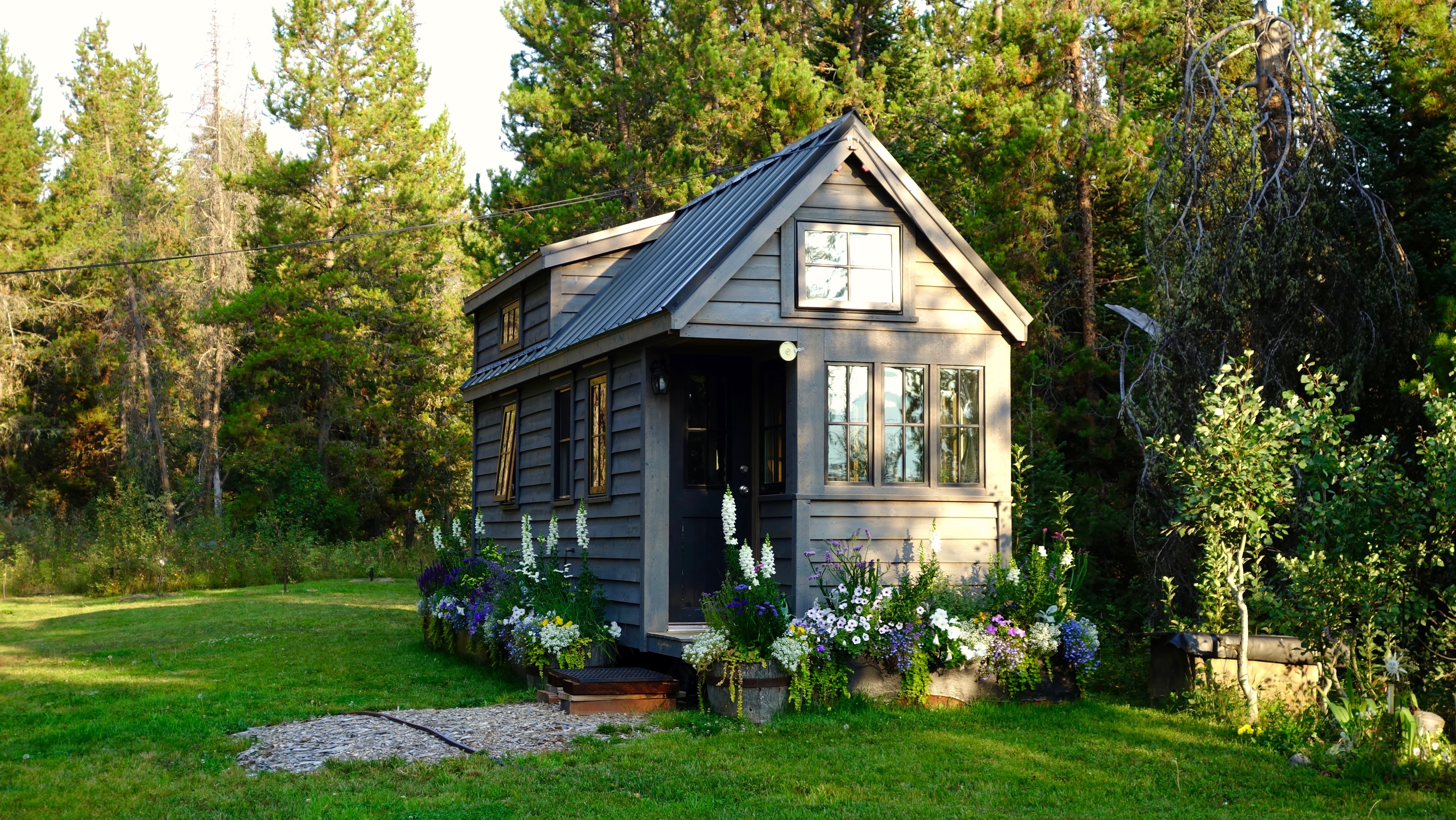Micro-Housing Market: A Compact Investment
While urban centers face escalating housing demands and limited space, micro-housing emerges as a compelling solution. As cities expand and space becomes a premium, micro-apartments are gaining traction globally. Offering affordability and efficiency, these compact dwellings present unique opportunities for investors and residents alike. In this article, we explore the growth, advantages, and challenges of micro-housing.

Historical Context and Key Developments
Micro-apartments are not a novel concept; they trace back to the single-room occupancy hotels of the early 20th century. These were designed to provide affordable housing for urban workers. However, modern micro-housing has evolved to cater to a broader demographic, including young professionals and retirees seeking minimalistic lifestyles. The trend gained momentum in cities like Tokyo and Hong Kong, where space is a luxury, and has since spread to Western cities struggling with housing shortages and high living costs.
Current Market Trends
The demand for micro-apartments is driven by several factors. Urbanization is at an all-time high, with more people opting to live and work in cities. This shift has led to increased housing costs, making traditional apartments less accessible for many. Micro-housing, with units often under 400 square feet, offers a more affordable alternative. Additionally, the rise of minimalism and the appeal of sustainable living have contributed to the popularity of these compact spaces. Cities like Seattle, New York, and San Francisco have seen significant developments in this sector, with projects offering modern amenities despite the reduced square footage.
Financial Insights and Investment Potential
From an investment perspective, micro-housing presents several advantages. Lower construction and maintenance costs make these units appealing to developers. For investors, the high demand and lower price point can lead to attractive rental yields. Additionally, micro-apartments often boast higher occupancy rates compared to larger units. However, investors must navigate zoning laws and potential market saturation in certain areas. The success of micro-housing investments largely depends on location and the ability to offer appealing amenities that enhance the living experience.
Advantages and Challenges
The primary advantage of micro-housing is affordability, both for residents and investors. These units offer a cost-effective entry point into expensive real estate markets. They also promote sustainable living by encouraging minimal consumption and efficient use of resources. However, challenges include limited living space, which may not suit all lifestyles. Privacy concerns and the need for communal spaces can also be drawbacks. Developers must thoughtfully design micro-apartments to maximize functionality and appeal to a wide range of tenants.
Impact on Urban Living
Micro-housing has the potential to redefine urban living by providing viable solutions to housing shortages. As cities grapple with accommodating growing populations, these compact units offer a practical alternative. They can help alleviate the strain on infrastructure and resources by promoting dense, sustainable living environments. For buyers and renters, micro-housing offers an opportunity to live in desirable urban locations at a fraction of the typical cost. This shift could lead to more inclusive cities, where diverse demographics can coexist in harmony.
Conclusion
As urban centers continue to expand, the micro-housing market offers a promising avenue for addressing housing challenges. By providing affordable, efficient living spaces, micro-apartments cater to a growing demand for urban living without compromising on modern amenities. For investors, this trend presents opportunities to enter competitive markets with lower risk and potentially high returns. While challenges exist, the benefits of micro-housing in promoting sustainable, inclusive urban environments are undeniable. As this market evolves, it will be crucial to balance innovation with thoughtful design to ensure its long-term success.




